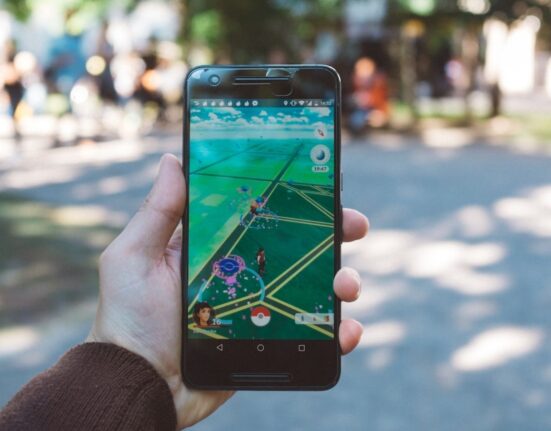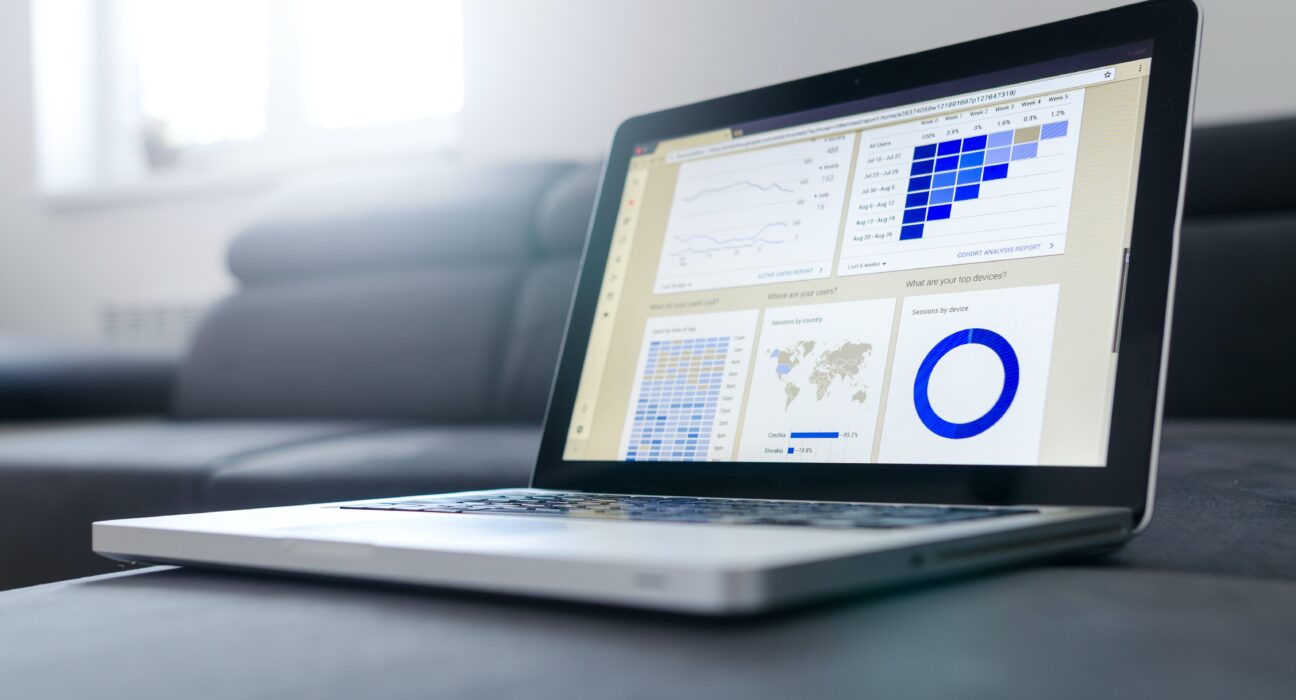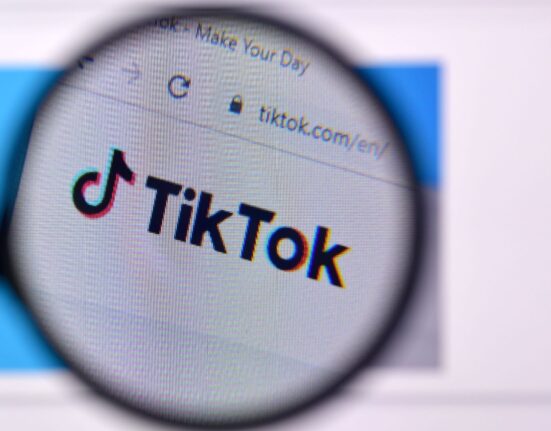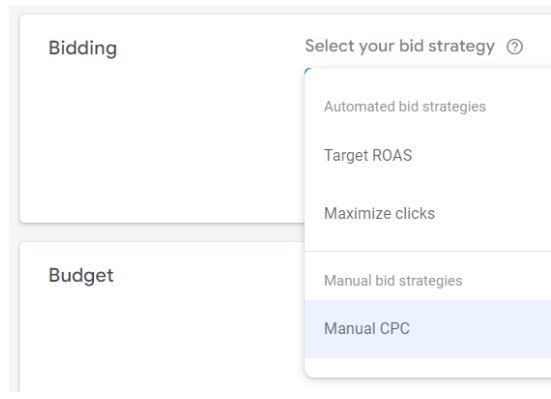Beneath our rational society, emotions and instincts often drive decisions. Marketers can harness this by understanding why people make choices, enabling them to influence these decisions. Drawing from behavioral economics, here are five tips to help guide consumers’ seemingly irrational behaviors toward predictable outcomes.
1. Wink, Wink, Nudge, Nudge
Nudges are subtle, often barely noticeable prompts. They aren’t aggressive calls to action like “Do This Or Else!” but gentle suggestions. In marketing, nudges often highlight the exclusivity and scarcity of a product, such as “Only 2 Seats Left!” These messages tap into the fear of missing out, encouraging consumers to act quickly.
Scarcity significantly boosts a customer’s desire to buy. A study in the Journal of Marketing Research found that people were more eager to obtain gift cards described as scarce compared to those freely available. This tactic is widely used on websites like Amazon, which increases the urgency to buy by indicating low stock levels or limited-time offers for free shipping.
To apply this strategy:
Emphasize urgency in purchase opportunities to motivate customers, portraying them as savvy shoppers who are ahead of the game.


2. Mental Jam
Too much choice can be counterproductive. Psychologists Mark Lepper and Sheena Iyengar conducted a study where customers were shown two jam displays: one with 24 varieties and one with 6. Despite the larger display attracting more attention, the smaller display led to better sales.
People enjoy having options, but too many choices can cause decision paralysis. The more options there are, the harder it is to choose.
In practice:
Curate your clients’ marketing. Fewer choices can improve engagement and sales.


3. Prove It!
Behavioral economists refer to “herd mentality” as social proof, which explains how people are influenced by the actions of others. Essentially, it’s the “everyone else is doing it” mindset.
The hospitality industry has effectively utilized social proof with a simple investment: a 3-by-4-inch laminated paper. In a study published in the Journal of Consumer Research, researchers collaborated with a large American hotel chain to test towel reuse messages. Initially, messages urging guests to reuse towels “because it’s good for the environment” achieved a 35% success rate. However, when the message emphasized behavioral norms, stating “please reuse your towel because most people do,” the success rate increased to 44%.
This use of social proof helps hotels save more than just water. With fewer towels to wash, labor and energy costs decrease, and the lifespan of the linens extends. While the environmental benefit is significant, the primary motivator for guests was the desire to conform.
To apply this in practice:
Leverage social proof by sharing customer testimonials. Reviews, both positive and negative, are now essential in e-commerce.


4. Duck Decoys
The decoy effect occurs when consumers change their preference between two options after being presented with a third, less attractive option (the decoy).
In a National Geographic experiment at a movie theater, customers were initially offered two popcorn sizes: small for $3 and large for $7. Most chose the small, finding the large too expensive. However, when a medium option priced at $6.50 was introduced, sales of the large popcorn soared because it suddenly appeared to be a better deal.
To leverage this effect in sales, introduce a slightly inferior option at a similar price. This can steer consumers toward the product you want to sell.


5. Ostrich Effect
Two thousand years ago, a Roman myth unfairly labeled ostriches as cowards who bury their heads in the sand when frightened. This misconception led to the term “ostrich effect” in behavioral economics, describing consumers who avoid overwhelming tasks, such as purchases or surveys.
Some may wrongly view these consumers as lazy. However, a study in the Journal of Economic Behavior & Organization found that anticipating a negative experience can be as emotionally taxing as the experience itself. Neuroscientists showed that brain activity in subjects expecting a painful electric shock mirrored that of actually receiving the shock.
To assist these “ostrich” consumers, provide clear steps for purchases, ensure intuitive website navigation, and use progress indicators at checkout to guide them smoothly through the process.











Leave feedback about this